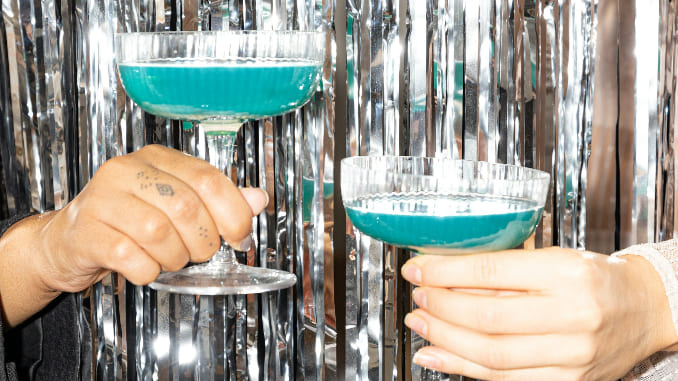Gatorwine Is A Millennial College Fever Dream
Photo by Ful Foods/Unsplash
If there’s one drink trend that really stood out to me during the early 2010s, when I was in college, it’s the idea that an alcoholic beverage could—and should—have multiple functions. The primary function is, of course, to get you drunk. The secondary function was often energy (or nauseating anxiety, in my case) from caffeine: Think original Four Lokos and vodka Red Bull.
But one such multi-functional drink from my college era was not about energy at all but rather hydration. It was light blue Gatorade and Pinot Grigio, and it was the brainchild of my roommate, who insisted it would prevent hangovers by ensuring one was simultaneously hydrating and dehydrating themselves while drinking it, creating a sort of binge-drinking equilibrium.
Dreadful though it may sound, the combo actually wasn’t a bad one. The cheap grocery store Pinot Grigio she used basically tasted like slightly bitter lemon water, and the flavor of the Gatorade was essentially all one tasted after a single glass of the stuff. Admittedly, though, it was a drink I only indulged in once or twice after successfully debunking the hangover prevention claims.
-

-

-

-

-

-

-

-

-

-

-

-

-

-

-

-

-

-

-

-

-

-

-

-

-

-

-

-

-

-

-

-

-

-

-

-

-

-

-

-








































